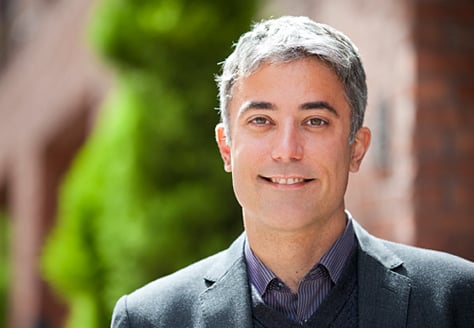It’s said that great minds think alike. Certainly, we’d like to think so.
Recently, we were working with a client who wanted specific recommendations on how to measure the return on investment of their IT hardware asset management solution. This is a terrifically useful exercise, as it not only provides the stakeholders – such as asset managers and CFOs – with quantifiable information on ROI, but often sheds light on procedural details that can have huge impact on speed, accuracy and overall effectiveness of asset management.
When working with clients to build business cases for asset management, we use a process developed by NASA called GQM. The letters stand for “goal, question, metric,” and the process is a very effective way to ferret out where an organization hopes to achieve value from ITAM. Our customers love it because it gives them the business language they need to justify a technology investment. We love it because it gets us on the same page as our customers.
When everyone knows the goals, everyone can win.
Regardless of priority, GQM boils down to a six-step process:
- Defining goals.
- Generating questions related to achieving those goals.
- Specifying the metrics necessary to track progress.
- Defining the specific ways to measure the desired data.
- Actually collecting the data.
- Creating reports and analyzing the resulting information to determine the best ways to achieve the goals and improve performance.
In the case of our client, the goals (in addition to determining ROI) were to 1) reduce cycle time for inventories, 2) improve receiving speed and accuracy and 3) optimize maintenance contracts.
Together, we determined the questions that needed to be answered. Among them:
- What are the steps to inventory each asset class?
- How many different receiving scenarios exist?
- Where is the most time spent in each process?
- What are the primary sources of errors requiring re-work?
- How often are there exceptions to the norm?
The answers to these questions led to the metrics we would employ to obtain the information we sought. Specifically, we found by breaking down our processes into its pieces, we identified the things that cause a lot of time to be spent tracking assets.
- Determining asset information when no unique identifier was available.
- Inventorying new assets that had not previously been enrolled in the database.
- Receiving assets with no order information available.
- Locating assets coming off maintenance.
Bam! Now we get it. We’re not just timing a process. We’re figuring out the factors that influence how much time is spent on a process. That’s what we need to measure.
The next step was doing the actual measurements. This was accomplished over a quarter. It’s important to note here that it wasn’t necessary to take the measurements at every location. As long as procedures were uniform, it was reasonable to measure one location and extrapolate out to the entire enterprise.
Subsequently, the data from the measurements made were translated into dollars. (The old “time is money” thing.) What does a man-hour cost your organization? Multiply that by the data we’ve collected and we now can show a financial impact to the organization.
Since we identified that assets arriving with no order information prior to receipt were the biggest negative impact to receiving performance, we determined that implementing Advanced Shipping Notices (ASNs), to ensure there was adequate order information with all shipments, would generate the biggest improvement to our receiving process.
Had we not gone through the GQM process, we may have simply put in scanners at the dock and hope that things speed up. IT would have, but the return with that alone wouldn’t have been the best use of anyone’s time.

Tom Watson is AMI’s President and CEO. He began his career in high tech in 1996, as a software engineer for his own software company. After a subsequent stint at IT Asset Management firm Micropath as senior architect for that company’s asset tracking system, he founded AMI to develop hardware asset tracking technology solutions for enterprise IT Asset Management customers.


